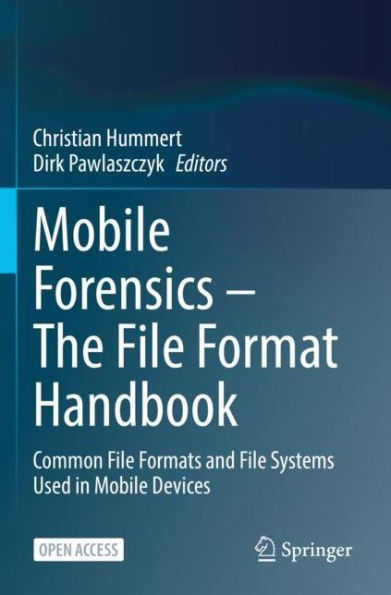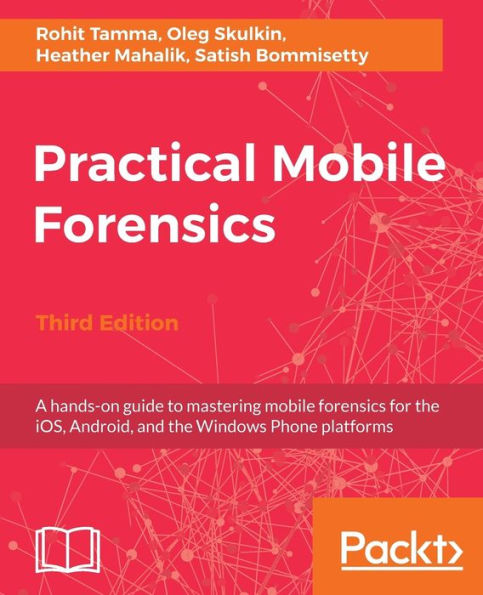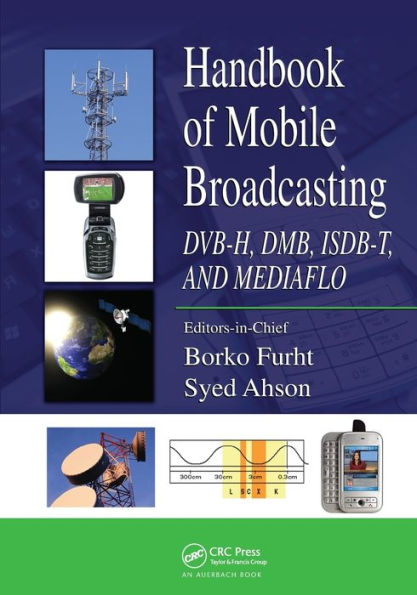Home
Mobile Forensics - The File Format Handbook: Common Formats and Systems Used Devices
Loading Inventory...
Barnes and Noble
Mobile Forensics - The File Format Handbook: Common Formats and Systems Used Devices
Current price: $59.99


Barnes and Noble
Mobile Forensics - The File Format Handbook: Common Formats and Systems Used Devices
Current price: $59.99
Loading Inventory...
Size: Hardcover
*Product Information may vary - to confirm product availability, pricing, and additional information please contact Barnes and Noble
The book is organized into two distinct parts:
Part I describes several different file systems that are commonly used in mobile devices.
· Ext4 is very common in Android devices and is the successor of the Ext2 and Ext3 file systems that were commonly used on Linux-based computers.
· The Flash-Friendly File System (F2FS) is a Linux system designed explicitly for NAND Flash memory, common in removable storage devices and mobile devices, which Samsung Electronics developed in 2012.
· The QNX6 file system is present in Smartphones delivered by Blackberry (e.g. devices that are using Blackberry 10) and modern vehicle infotainment systems that use QNX as their operating system.
Part II describes five different file formats that are commonly used on mobile devices.
· SQLite is nearly omnipresent in mobile devices with an overwhelming majority of all mobile applications storing their data in such databases.
· The second leading file format in the mobile world are Property Lists, which are predominantly found on Apple devices.
· Java Serialization is a popular technique for storing object states in the Java programming language. Mobile application (app) developers very often resort to this technique to make their application state persistent.
· The Realm database format has emerged over recent years as a possible successor to the now ageing SQLite format and has begun to appear as part of some modern applications on mobile devices.
· Prool Buffers provide a format for taking compiled data and serializing it by turning it into bytes represented in decimal values, which is a technique commonly used in mobile devices.


















